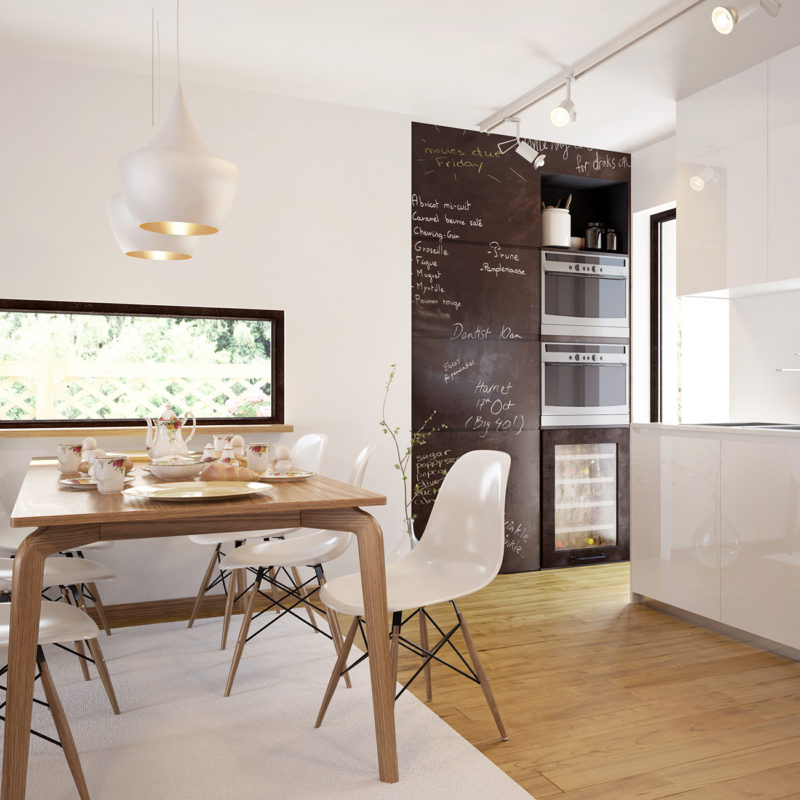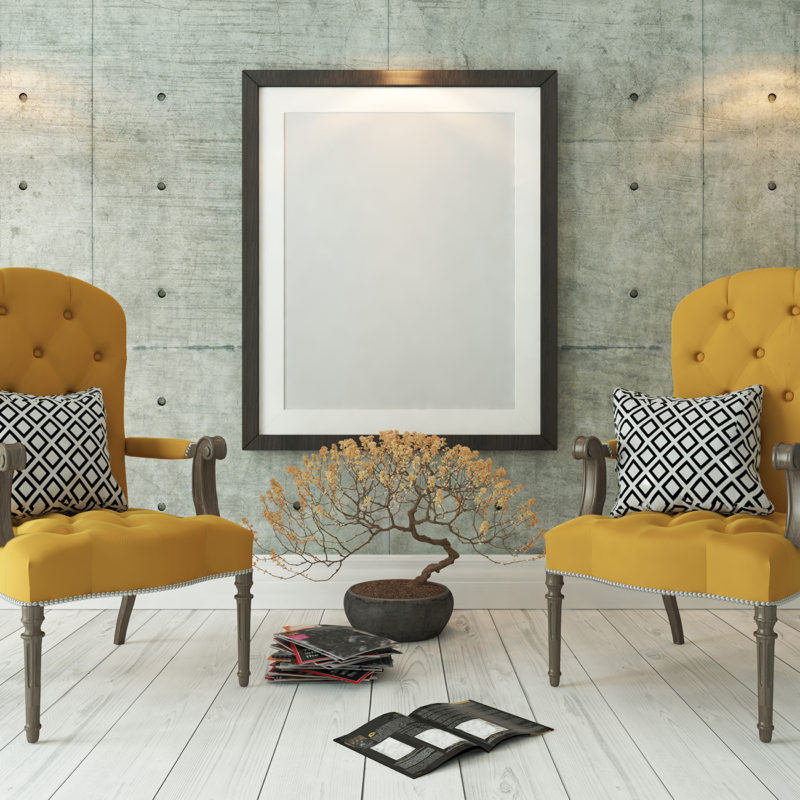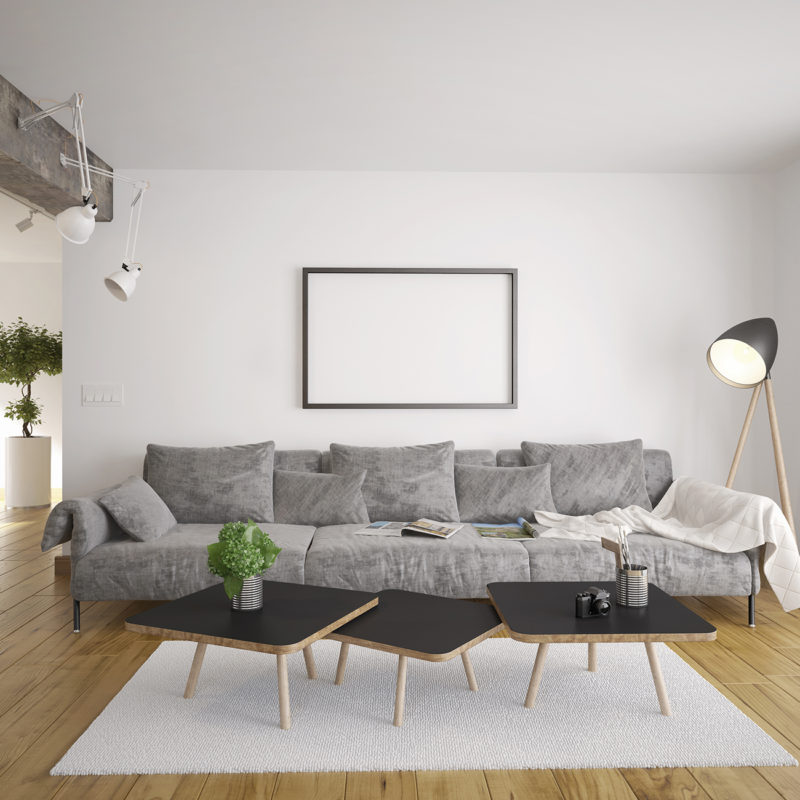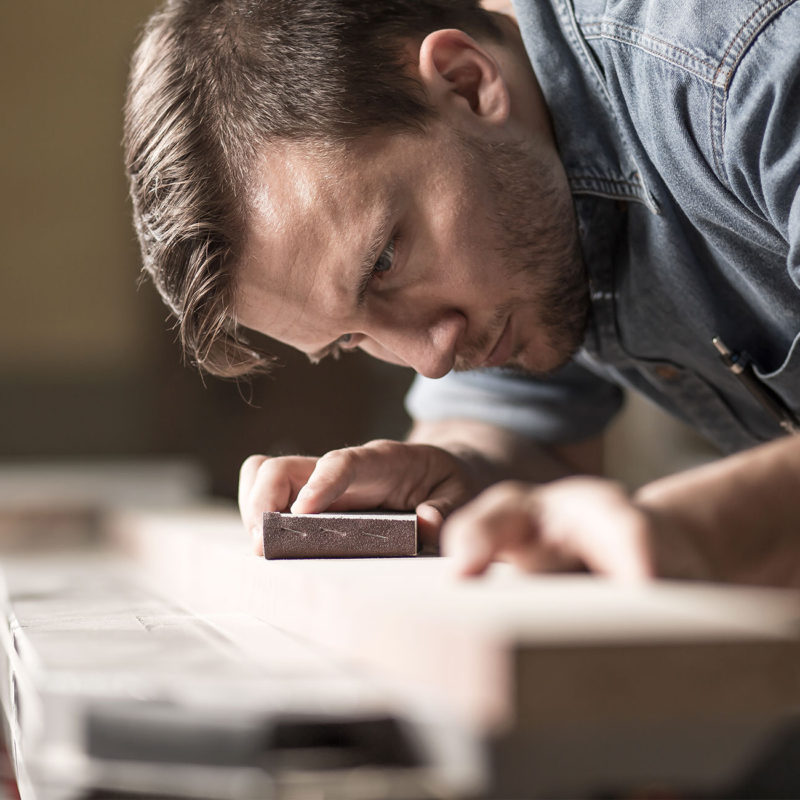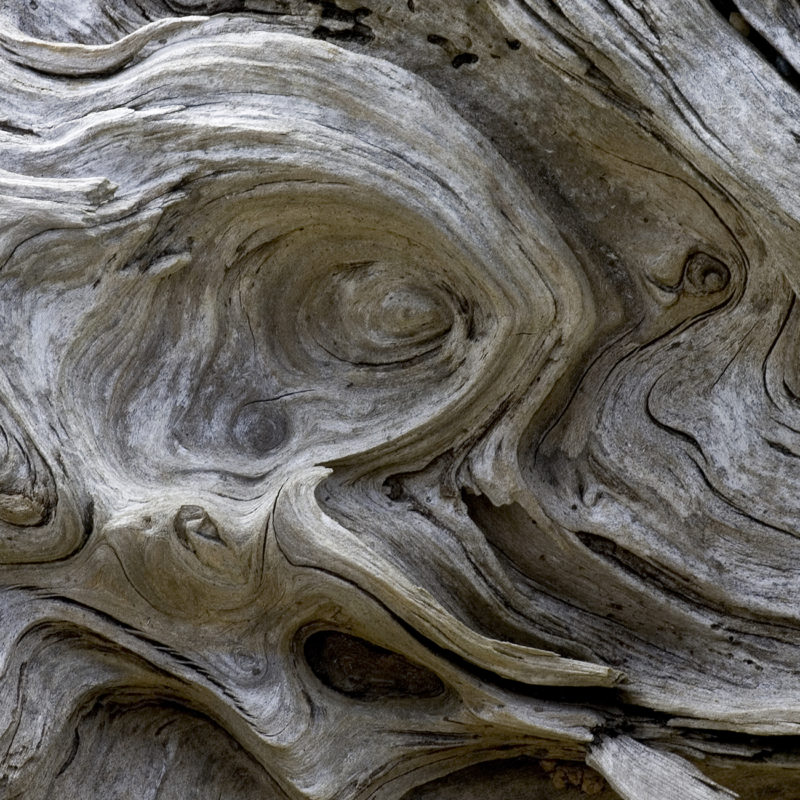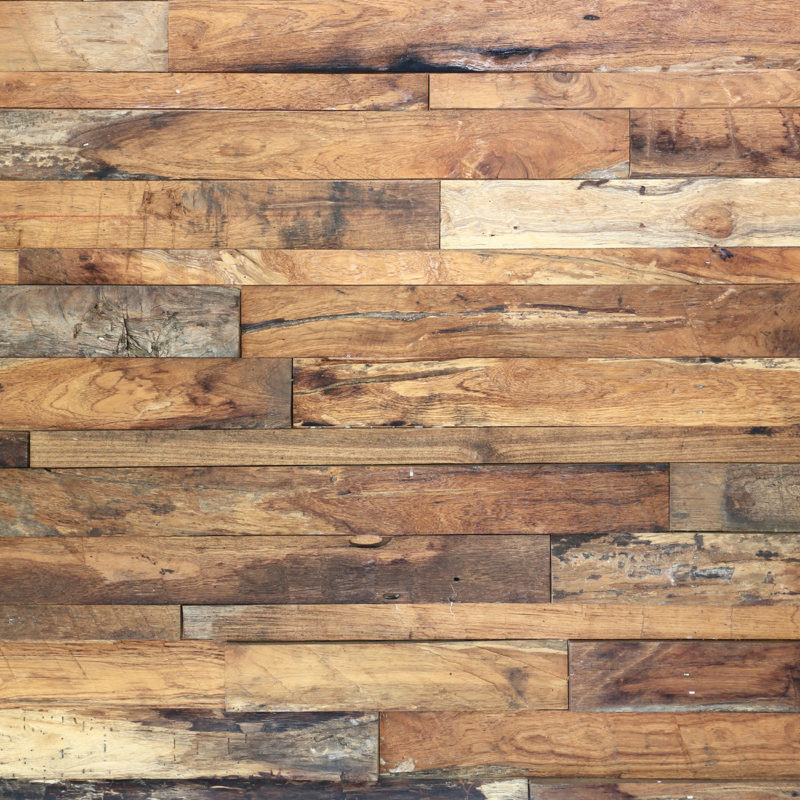Scandi-Style
We’ve all sat watching those moody Nordic Noir crime dramas; but how many of us have spent more time staring enviously at the interior design rather than being wrapped up in the plot twist? Well, I’m afraid I’m guilty. There is something about those cool tones mixed with minimalist furniture and natural textures that is evocative, and somehow, oddly, quite warming.
Scandal-style is without doubt one of the most talked about and aspirational interior design styles currently doing the rounds. In other words; the epitome of modern living. The idea that you’ve ‘made it’ in life when your apartment is empty, is an unusual one, though!
Modern Scandinavian interiors don’t have a set of design rules that must be adhered to. That said, there are certain aspects which should be considered if looking for an authentic feel. The most critical part is the colour palette. Cool tones of white and grey are a must. Try to avoid off whites of the red and yellow spectrum on the walls, they’re likely to make the interior feel too warm. Importantly for us at Rafe Olsen, the guidelines for wall colours also applies to the floor. Go with whites and greys, or for a truly individual look, a grey base with a whitewash in the grain. This will add a depth to the floor not normally seen.
If you’re concerned that everything is feeling too cold, don’t despair, this is where the Scandinavians really know there stuff. The whole room can be lifted by the addition of natural textures and fibres on the soft furnishings. The seating is generally seen in the similar cool tones, but cushions, throws and rugs are used to add a touch of warmth, with geometric patterns of blues, yellows or greens increasing the interest and breaking the monotone nature. Naturally finished/exposed timber furniture is another simple way of adding warmth (and interest) to the room.
Stick to a few of the basics and you can be sat in your very own Nordic Noir crime drama in no time. For help or advice on your flooring, please contact us. We’ll be more than happy to provide advice on what will fit in with your own space. Looking for something truly bespoke? That’s our speciality. Test us out!
Graeme Bell, Creative Director @ Rafe Olsen
